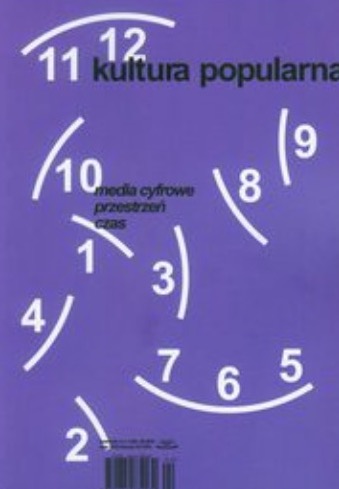Folklorystyczny nerw internetu. Wspólnotowa przestrzeń emocji i wyobraźni
The Folkloristic Face of the Internet. A common space of emotions and imagination
Author(s): Janina Hajduk-NijakowskaSubject(s): Anthropology, Customs / Folklore, Media studies, Communication studies, Cultural Anthropology / Ethnology, Culture and social structure , Crowd Psychology: Mass phenomena and political interactions, Social Informatics
Published by: Szkoła Wyższa Psychologii Społecznej
Keywords: popular culture; e-folklor; new media; new paradigm; virtual community; cyber folklore;
Summary/Abstract: Alongside the rapid development of new media, in particular the Internet, the processes of shaping new paradigm of a folk-type culture and emergence of the phenomena referred to as e-folklore have been increasing. The e-folklore, as a part of the network culture, is radically different from traditional folklore. The content, which was present outside of the network, is naturally transferred to the Internet, mainly by its users. New technologies successfully inspire the users' creativity, thanks to which old content is gradually modified and changed, gaining new forms (e.g. the so called chain letters, false virus warnings, urban legends, conspiracy theories, miraculous events, etc.). The new forms of humour expressions are of particular interest (a new type of the Internet joke, photoshopping, memes), which lead to the emergence of a global humour culture and the phenomenon of visual folklore. The users' activity in the net can be characterised as folkloristic and is an example of the upward convergence (according to Jenkins), which supports the need to participate in a defined, virtual community, in the realm of common emotions and imagination.
Journal: Kultura Popularna
- Issue Year: 33/2012
- Issue No: 03
- Page Range: 6-19
- Page Count: 13
- Language: Polish

